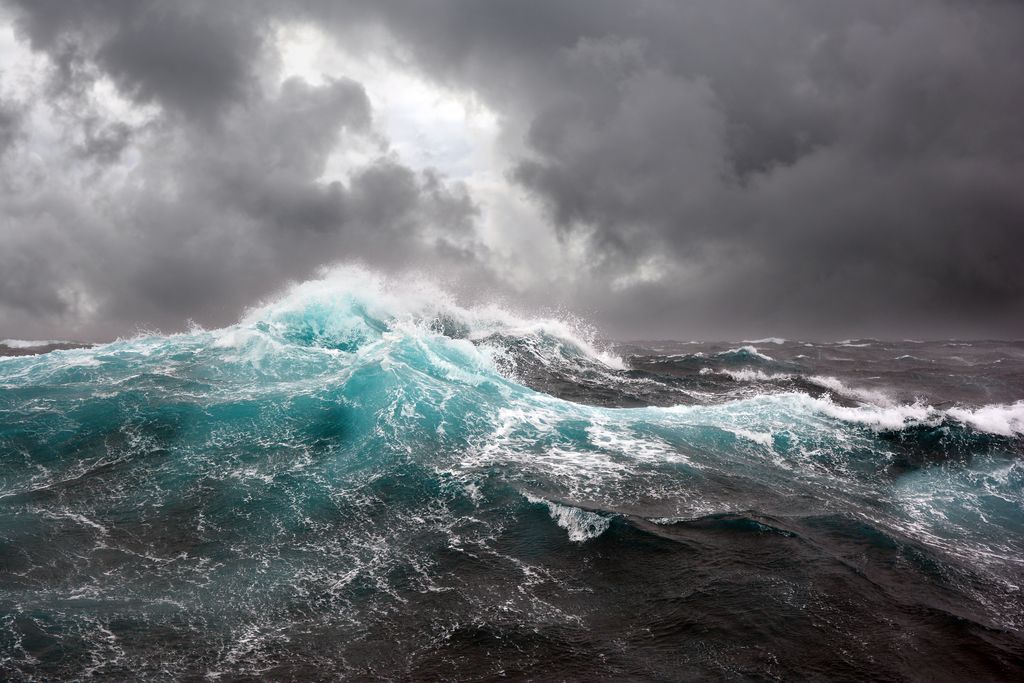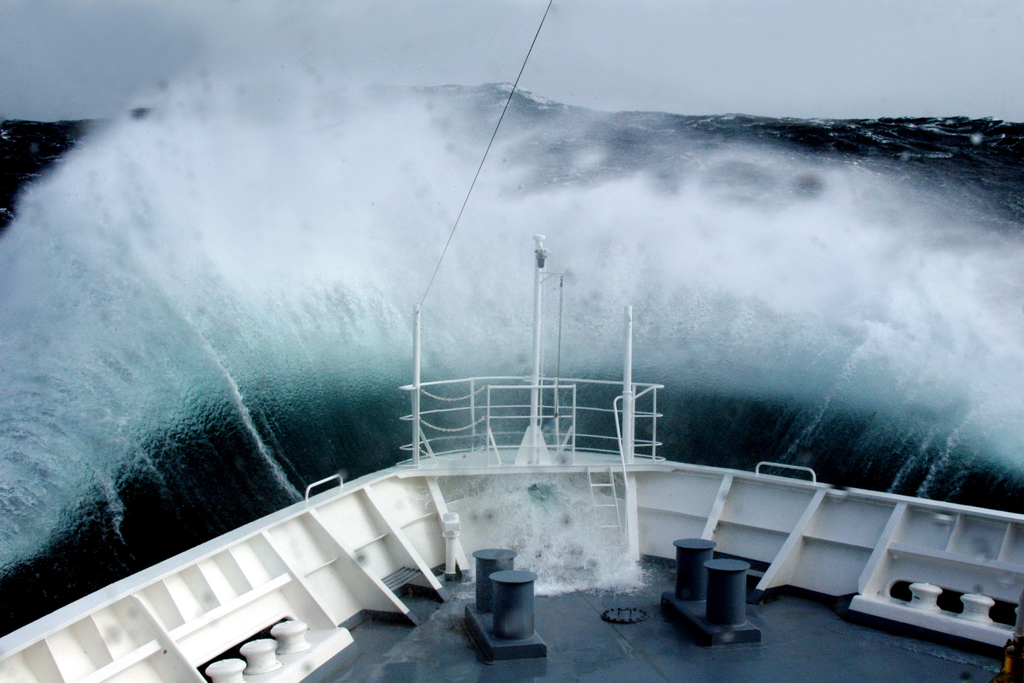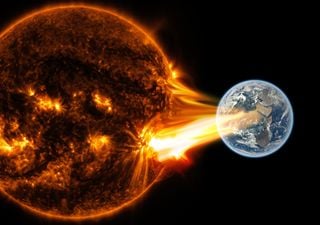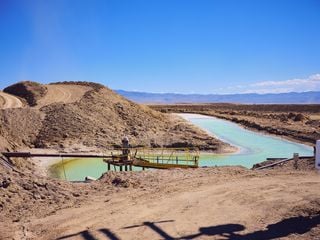Shaking Oceans: An Increased Trend in Seismic Activity in the Oceans are Result of Global Warming
New research shows ocean waves gaining energy as the planet warms causing increasing amounts of seismic activity on land. But how does this happen?

Oceans have always given off seismic activity readings that steadily show up on seismographs. Scientists know this and are able to account for this consistency in readings. However, these readings are becoming stronger in recent decades. This new research published in Nature communications shows how much stronger.
What are they finding?
Seismographs are instruments used to map shaking within the earth. During a seismic event, the entire instrument shakes except for the weight which holds the pen marking how much the machine and earth shakes.
Ocean waves interact with one another to put pressure on the ocean floor. This causes shaking across the crust that is picked up by seismometers. In recent decades, however, the constant shaking has increased its power.
Paring down the data
The global network of seismometers take massive amounts of data, too much to accurately find a correlation between shaking and warming. So, the researchers had to focus their search and exclude seismic data that could have been influenced by another known event.
How global warming shakes the Earth: #SeismicData show #oceanWaves gaining strength as the planet warms @ConversationEDU @NatureComms https://t.co/wrBFcm8VUw https://t.co/8JULOdIwHo
— Phys.org (@physorg_com) November 7, 2023
The first group of data they omitted was earthquakes with magnitudes over 5.75. This is because these events will already show increased seismic data that will not represent the influence of warming.
They then omitted seasonal variability concerns. Tropical storms already produce massive amounts of energy that consistently show up on seismographs. Accounting for tropical events is important because they are also getting more powerful with rising global ocean temperatures.
Wave power
Seismic influence from waves already has a natural fluctuation. During storms, wind waves are higher and therefore stronger than when seas are calm. The higher seas create more force on the ocean floor which is picked up by seismometers.
This research shows an increase in global wave energy by 0.27% in the late 20th century with a 0.35% increase since 2000. This is an interesting correlation to the warmer planet we have seen since 2000.
Where do waves shake the planet the most?
Overall, the answer is the Southern Ocean near Antarctica. This ocean is incredibly stormy especially through the Drake Passage. This passage is among the most dangerous ocean passages because of the high swells and waves.

This is consistent though. The North Atlantic Ocean has increased its seismic activity the fastest in recent decades. We can expect this to be the case as storm intensities in the North Atlantic have gotten much stronger as the planet has warmed.
This is another correlation scientists have found pointing to further global changes with global warming. Higher wave energy poses a threat to costal lands and seafaring vessels and will increase if these warming trends continue.








